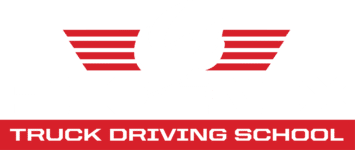As a truck driver, staying on the right side of the law is crucial to avoid hefty fines and keep your driving record clean. Understanding the common reasons for fines and how to prevent them can save you from unnecessary headaches. In this blog, we’ll explore some essential tips that every truck driver should know to avoid fines on the road.
Know the Rules and Regulations
The first step to avoiding fines is knowing the rules and regulations that apply to truck drivers. These rules cover everything from weight limits and hours of service to safety standards and documentation. Familiarize yourself with the Federal Motor Carrier Safety Administration (FMCSA) regulations and the specific laws in the states where you drive. Staying informed will help you avoid unintentional violations that could lead to fines.
Maintain Your Motor Vehicle
One of the most common reasons truck drivers receive fines is due to vehicle maintenance issues. A poorly maintained truck is not only dangerous but also likely to attract the attention of inspectors. Regularly check your brakes, tires, lights, and other essential components. Keep your tractor-trailer clean and in good condition to avoid fines related to safety violations. Remember, a minor issue like a broken taillight could result in a costly ticket.
Watch Your Weight
Overloading your truck is a quick way to earn a fine. Weight limits are set for a reason—they help prevent accidents and road damage. Before hitting the road, ensure your load is within the legal weight limit. Use a reliable scale to double-check your weight, and never attempt to bypass weigh stations, as doing so can lead to even steeper penalties.
Adhere to Hours of Service Rules
The FMCSA has strict rules regarding the number of hours truck drivers can be on the road without rest. These hours of service (HOS) rules are designed to prevent driver fatigue, a leading cause of accidents. Violating these rules can result in fines and put your safety at risk. Always log your driving hours accurately and take the required breaks to stay compliant.
Keep Your Documentation in Order
Proper documentation is essential for truck drivers. This includes your commercial driver’s license (CDL), insurance papers, vehicle registration, and any permits required for your route. Keep all documents organized and easily accessible. Failing to provide the necessary paperwork during an inspection can result in fines, even if everything else is in order.
Start Your Truck Driving Journey Right
Avoiding fines as a truck driver is all about being informed, prepared, and diligent. At Phoenix Truck Driving Institute, we emphasize the importance of safety and legal compliance in our training programs. Our experienced instructors will help you understand the rules and regulations that matter most so you can hit the road with confidence.
Ready to start your career as a safe and responsible truck driver? Enroll at Phoenix Truck Driving Institute today and take the first step toward a successful career.















